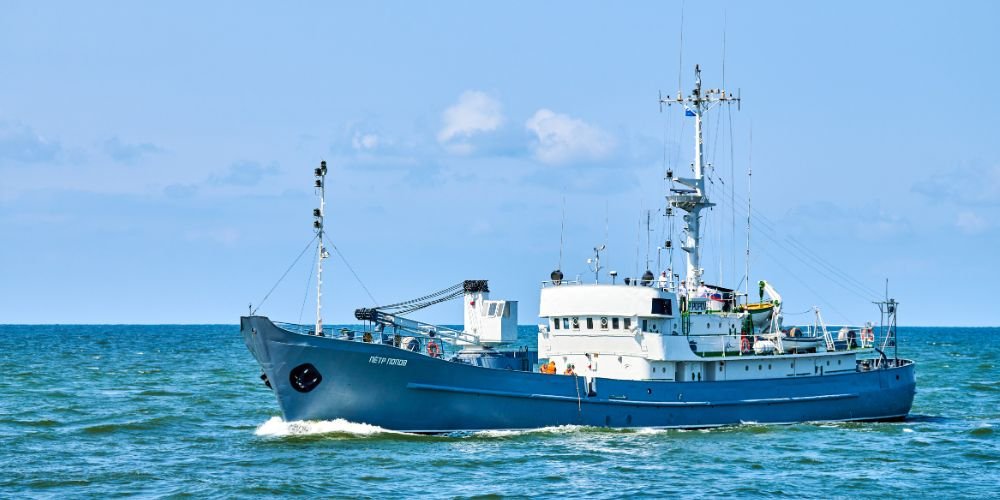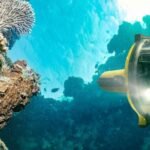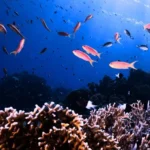Oceanographic research vessels are the workhorses of marine science, serving as platforms for exploration, discovery, and innovation in the world’s oceans. These specialized ships enable scientists to conduct various studies, from mapping the seafloor and marine life to investigating ocean currents and monitoring environmental changes. In this article, we embark on a voyage to explore the significance of oceanographic research vessels, uncovering their capabilities, contributions, and the pivotal role they play in advancing our understanding of the marine environment.
Understanding Oceanographic Research Vessels
Oceanographic research vessels are purpose-built ships equipped with state-of-the-art scientific instruments, laboratories, and accommodations to support research missions at sea. They come in various sizes and configurations, ranging from small boats and coastal research vessels to large oceanographic research ships capable of conducting multidisciplinary expeditions across vast oceanic expanses. Oceanographic research vessels serve as mobile laboratories, providing scientists with the means to collect data, conduct experiments, and study marine ecosystems in real-time.
Types of Oceanographic Research Vessels
Oceanographic research vessels can be classified into several categories based on their size, capabilities, and research focus:
- Coastal Research Vessels: Coastal research vessels are small—to medium-sized ships designed for studying nearshore environments, estuaries, and coastal waters. They have basic scientific equipment for various research activities, including water quality monitoring, habitat surveys, and biological sampling.
- Global-Class Research Ships: Global-class research ships are large, oceangoing vessels capable of conducting long-duration expeditions across vast oceanic regions. These ships have advanced scientific instrumentation, laboratories, and accommodations for researchers and crew. Global-class research ships enable scientists to study deep-sea ecosystems, map the seafloor, and investigate oceanographic phenomena globally.
- Icebreakers and Polar Research Vessels: Icebreakers and polar research vessels are specialized ships designed for conducting research in Arctic and Antarctic regions. These vessels have reinforced hulls, ice-breaking capabilities, and cold-weather accommodations to withstand extreme conditions. Polar research vessels enable scientists to study polar ecosystems, ice dynamics, and climate change impacts in some of Earth’s most remote and inhospitable regions.
Capabilities and Instruments
Oceanographic research vessels are equipped with a wide range of scientific instruments and equipment to support research activities at sea.
Oceanographic Instruments
Oceanographic research vessels are equipped with various instruments for measuring seawater’s physical, chemical, and biological parameters. These instruments include CTD (Conductivity, Temperature, Depth) profilers, which measure water properties at different depths, and sensors for measuring nutrients, chlorophyll, dissolved oxygen, and pH levels. Additionally, oceanographic vessels may deploy sediment samplers, plankton nets, and underwater cameras to study marine life and benthic habitats.
Acoustic Mapping Systems
Oceanographic research vessels are equipped with acoustic mapping systems, such as multibeam echosounders and side-scan sonars, for mapping the seafloor and geological features. These systems use sound waves to create high-resolution maps of the ocean bottom, enabling scientists to study submarine topography, identify underwater features, and explore hydrothermal vents, seamounts, and submarine canyons.
Remote Sensing Technologies
Oceanographic research vessels may deploy remote sensing technologies, such as satellite imagery and uncrewed aerial vehicles (UAVs), to collect data on ocean surface properties, sea ice coverage, and atmospheric conditions. Remote sensing data provide valuable insights into large-scale oceanographic processes, including ocean circulation patterns, sea level rise, and climate variability, and complement in situ observations collected from research vessels.
Contributions to Science
Oceanographic research vessels have significantly contributed to our understanding of the marine environment and its role in shaping the Earth’s climate and ecosystems.
Exploration and Discovery
Oceanographic research vessels enable scientists to explore and discover previously unknown ocean regions, from deep-sea trenches and hydrothermal vents to remote coral reefs and seamounts. These expeditions uncover new species, geological formations, and ecological interactions, expanding our knowledge of marine biodiversity and ecosystem dynamics.
Climate Research
Oceanographic research vessels play a crucial role in climate research by collecting ocean circulation, heat transport, and carbon cycling data. These measurements provide essential inputs for climate models, helping scientists understand the role of the oceans in regulating global climate patterns, heat distribution, and the carbon cycle and predict future climate change impacts.
Environmental Monitoring
Oceanographic research vessels monitor ocean environmental changes, including sea surface temperature, salinity, nutrient concentrations, and ocean acidification. Long-term monitoring programs provide valuable data on trends and variability in oceanographic parameters, informing ecosystem management, fisheries conservation, and marine protected area designations.
Challenges and Future Directions
Despite their importance, oceanographic research vessels face various challenges, including funding constraints, logistical complexities, and the growing impacts of climate change.
Funding and Resources
Oceanographic research vessels require substantial funding and resources to support their operations, maintenance, and scientific missions. Securing stable funding sources and international collaboration is essential for sustaining oceanographic research efforts and addressing global challenges such as climate change and marine conservation.
Technological Advancements
Advancements in technology, such as the development of autonomous underwater vehicles, uncrewed surface vessels, and advanced sensor networks, hold promise for enhancing the capabilities and efficiency of oceanographic research vessels. Continued investment in research and innovation is needed to deploy cutting-edge technologies and address emerging research questions in oceanography.
Climate Change Resilience
Oceanographic research vessels must adapt to the impacts of climate change, including sea level rise, changing weather patterns, and ocean acidification. Incorporating climate change adaptation strategies into vessel design, operation, and research planning can help mitigate risks and ensure the continued effectiveness of oceanographic research efforts in a changing environment.
Conclusion
Oceanographic research vessels are indispensable tools for exploring the mysteries of the world’s oceans and advancing our understanding of the marine environment. By providing scientists with the means to collect data, conduct experiments, and study marine ecosystems in real time, these specialized ships enable groundbreaking discoveries and innovations that inform our stewardship of the oceans and their resources. As we navigate the seas of discovery, the journey of oceanographic research vessels is guided by the spirit of exploration, collaboration, and the quest for knowledge that drives our understanding of the marine world.










